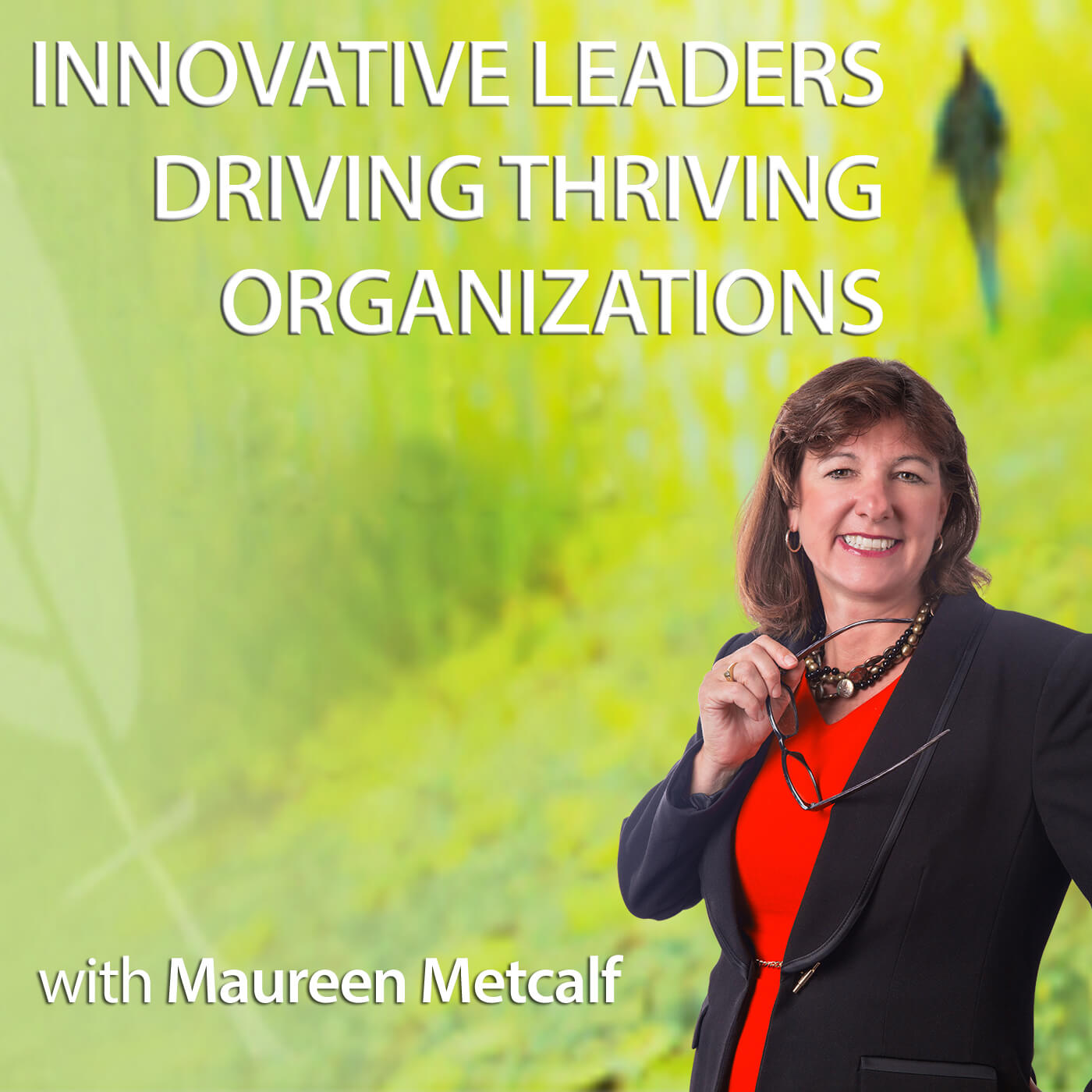Vertical Development: Elevating Your Leadership
Vertical Development: Elevating Your Leadership To receive the weekly blogs via email, please...
Read Moreby VoiceAmerica | Dec 15, 2020 | Business | 0 |
Vertical Development: Elevating Your Leadership To receive the weekly blogs via email, please...
Read Moreby VoiceAmerica | Jun 16, 2020 | Business | 0 |
To receive the weekly blogs via email, please sign-up here. This blog is provided by Antoinette...
Read Moreby VoiceAmerica | Sep 7, 2017 | Business | 0 |
This post is a companion to the Voice America interview featuring Mike Morrow-Fox talking about...
Read More



